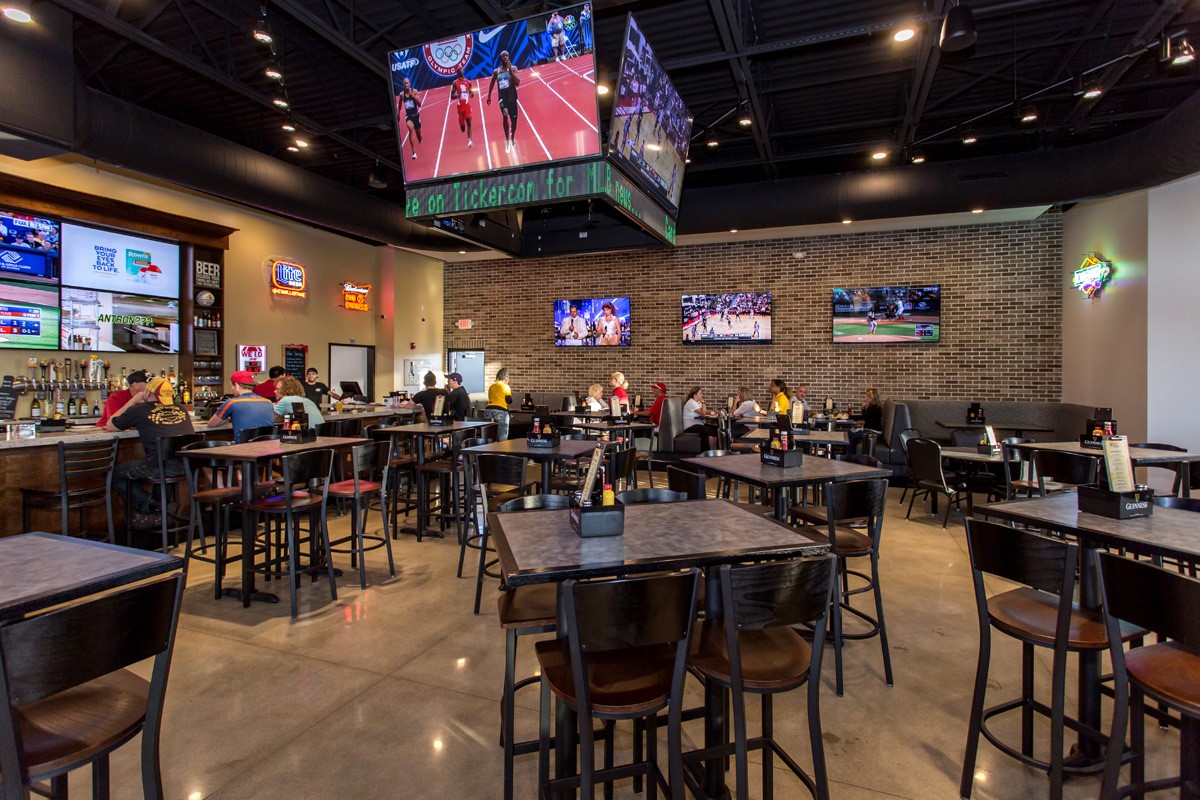In bright illumination conditions, movement detection is typically more reliable. As there is ample light, sensors and cameras can obtain clearer images, which helps in identifying dynamic elements. Bright environments allow for better contrast between the moving element and the background. This differentiation is crucial for both visual viewers and automated technologies, as it makes it easier to differentiate between stationary and dynamic elements in a setting. Thus, making sure that spaces are well-lit can greatly improve the performance of motion detection systems.
On the other hand, low-light environments can present difficulties for motion detection. In dim environments, shadows can obscure dynamic elements, making them hard to perceive. Additionally, the eye struggles to detect movement in dim conditions, which can result in misunderstanding of what is happening in the surroundings. Cameras might also face challenges, as many do not function well in low light without the use of infrared capabilities or other improvements. These restrictions highlight the significance of adequate illumination in settings where movement detection is essential.
Moreover, different kinds of illumination can have varying impacts on motion detection. For example, fluorescent lights can flash, which might more information confuse movement detection technologies that rely on steady light input. On the contrary, natural provides a consistent source of lighting that improves clarity. Comprehending these differences in lighting types can assist operators in choosing the most suitable illumination for specific uses, especially in surveillance and safety scenarios.

In conclusion, the connection between illumination environments and movement click here to read detection accuracy is important. By ensuring that settings are suitably lit, we can enhance the reliability of motion detection technologies. This knowledge not only supports tech applications but also improves safety and security in multiple settings. As further developments are made in motion detection technology, considering lighting conditions will continue to be a vital factor in optimizing effectiveness and guaranteeing that these systems work effectively in different environments.